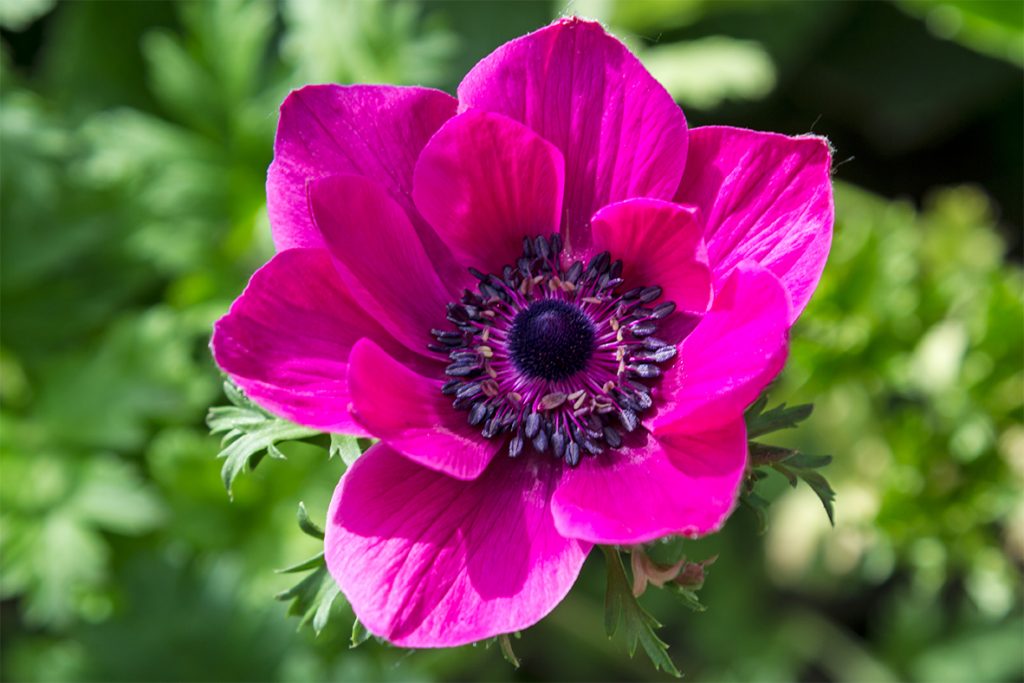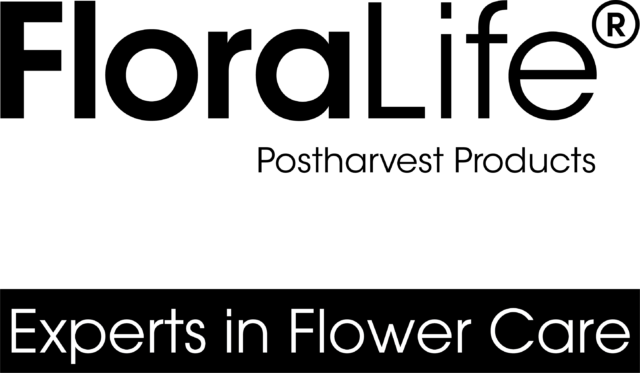Anemone: Daughter of the Wind
The Anemone is a delicate beauty with a tragic origin. Legend says that Aphrodite’s mortal lover, Adonis, was killed by a wild boar. Her tears mixed with his blood and there, the anemone emerged. If you are going strictly by traditional flower protocol, Anemone – with its sad backstory – tends to symbolize heartbreak. So, let’s keep it light and concentrate on the Anemone’s beauty and how to maintain it, shall we? That’s the focus of the latest Floralife® article for LivRio: Anemones: The Wind Flowers.

Anemones are known as wind flowers, as their name in Greek means ‘wind.’ To the ancients, it appeared that the wind opened the flowers, as well as refreshed them by blowing away exhausted petals. Today, you can witness fields of wild anemones waving in the wind among the White Mountains of western Crete.
“Although there are many different species of Anemone, the most commonly grown species for cut flower production is Anemone Coronia. Blooming mostly in mid-spring, these delicate blooms come in shades of red, blue, purple and white, and are born on relatively short stems. Anemone flowers open in the warmth and in daylight, and close up when in cold and in dark conditions. Bear this in mind when purchasing and displaying your flowers.”

Anemone Care and Handling Tips
As always, Floralife® has assembled a list of items to keep in mind as you shepherd your Anemones along their journey from the farm to the vase. Let’s take a look at the highlights!
PURCHASING: Ethylene sensitivity and its effects are discussed, and
EthylBloc™ or EthylGuard are recommended. Also, tips on bloom selection and stage of openness.
HYDRATION: As always, hydration begins with proper sanitation using
D.C.D.® Cleaner . Stem trimming, foliage removal, and solution temperatures are discussed.
SHIPPING AND STORAGE: Recommended temperatures, packaging tips and a special note onupright shipping, which may be best as Anemone is prone to stem bending.
RE-HYDRATION AT STORE LEVEL AND STORAGE: Proper sanitation again, and conditioning of stems with Floralife® Quick Dip. A discussion of water quality and a recommendation to use flower food such as Floralife Crystal Clear®, or Floralife® Express 300.
VASE CARE: More stem trimming, foliage removal and Floralife® Quick Dip, followed by Floralife Crystal Clear® or Floralife® Express 300, and a further reminder about ethylene sensitivity.
…AND MORE! You’ll also learn about common Anemone defects and their causes, such as leaf yellowing, petal shatter, the aforementioned stem bending, and water stress – all of which may contribute to a relatively short vase life! Other special considerations to keep in mind include a susceptibility to stem burn in floral foam, and how to avoid it.
So, as we say, bullet points. There is MUCH more at in the original piece, so check it out (page 21)! And watch out for wild boars, young lovers!
